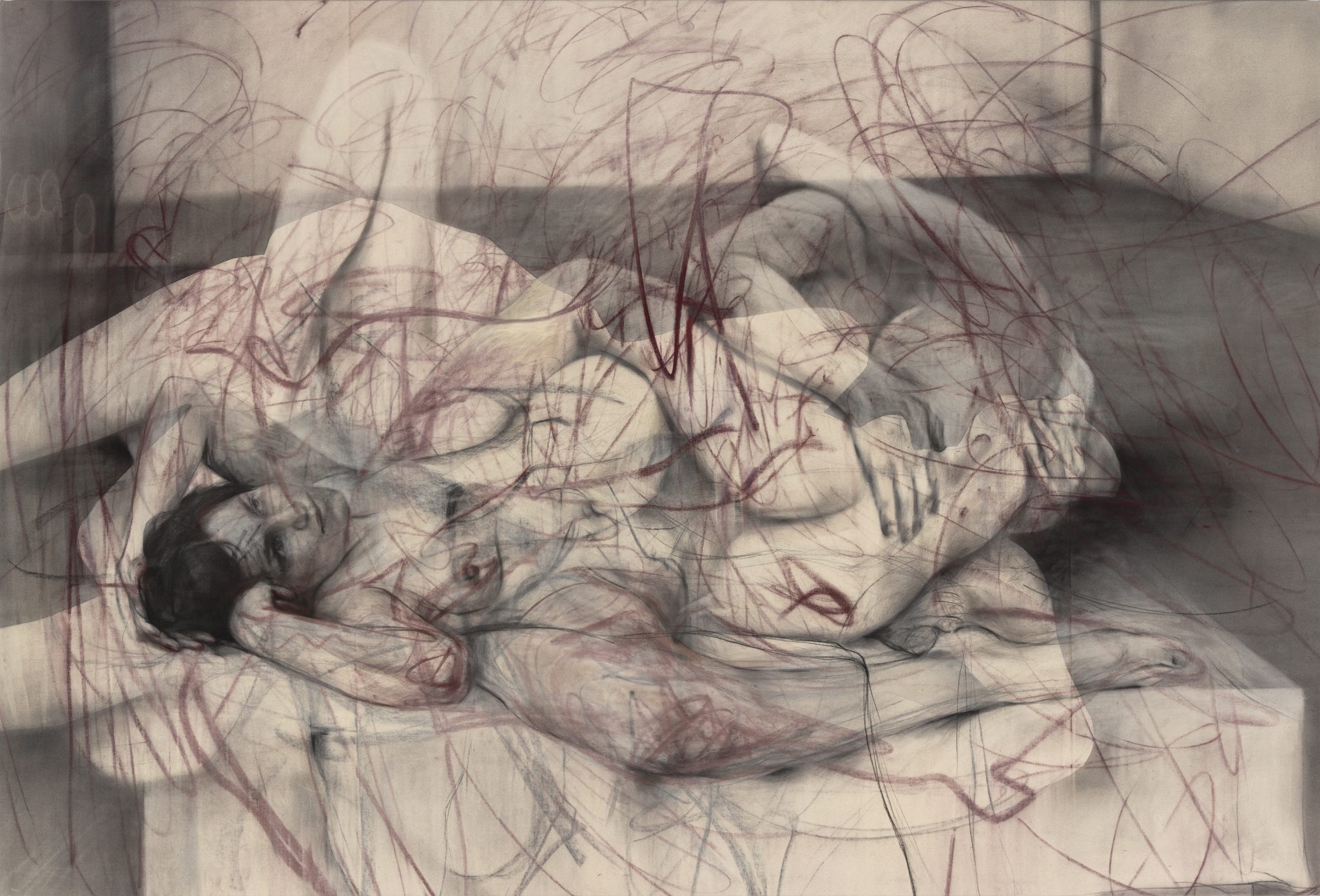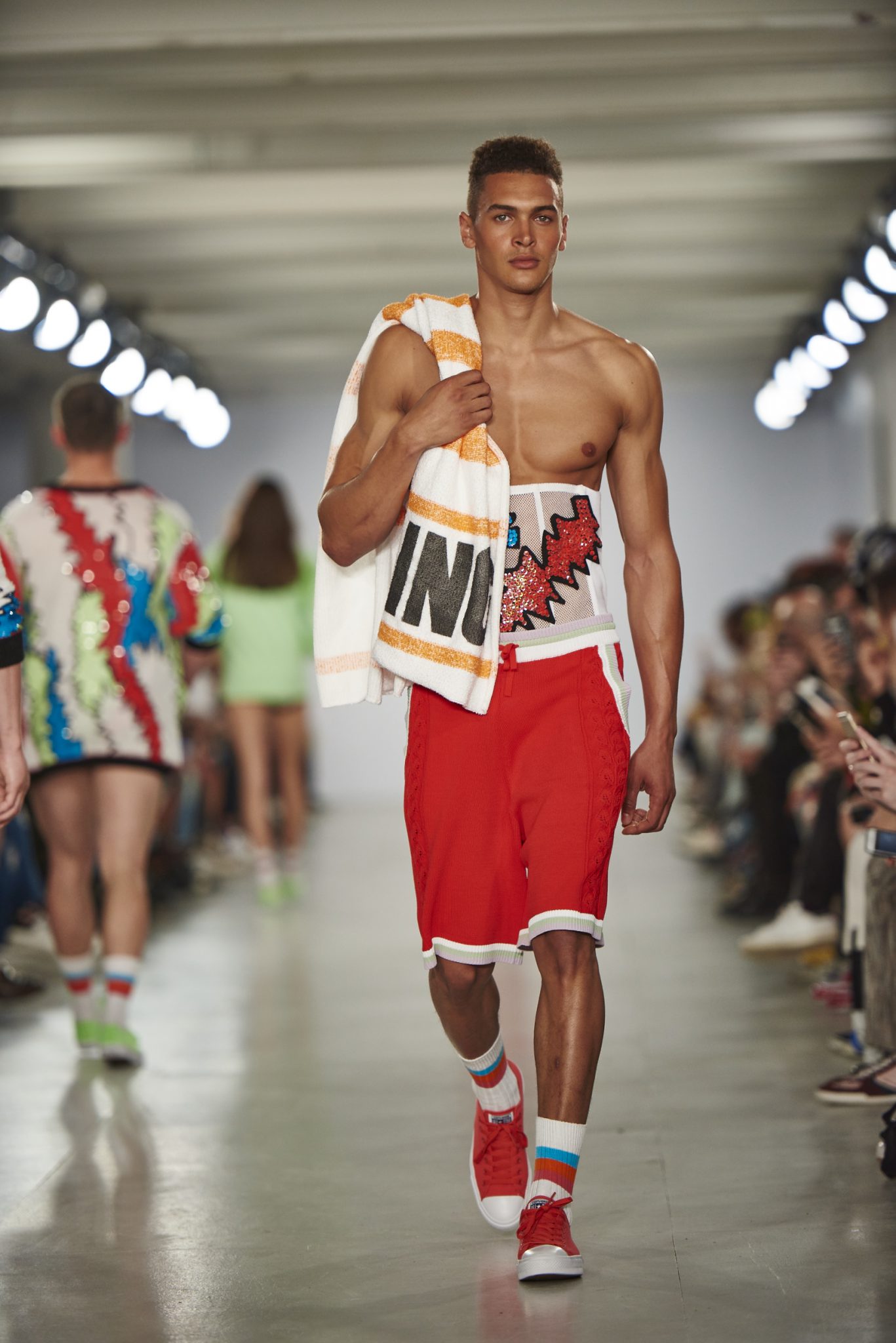Georgia O’Keeffe: A once in a generation opportunity at the Tate Modern
Emma Bourne in conversation with Hannah Johnston, Assistant Curator of the Georgia O’Keeffe exhibition at the Tate Modern (6th July- 30th October 2016)
What do you hope the Georgia O’Keeffe exhibition will offer its viewers?
The last O’Keeffe exhibition in the UK was at the Hayward Gallery in 1993 and there are no works in public collections in this country. So the exhibition really is a once-in-a-generation opportunity to see the incredible diversity of her practice over a long career in depth. O’Keeffe was a foundational figure of American modernism and had a huge impact on artists of her own and subsequent generations, but has been – in some senses – eclipsed by her own fame. Our exhibition aims to dispel some of the clichés that persist about her and her painting and to return to her own voice to show the multifaceted nature of her work. I hope that visitors who arrive at the exhibition with a particular understanding of O’Keeffe’s work leave with a lasting sense of surprise – that her work is far richer and more complex than she is perhaps always given credit for.
How does this exhibition address the wider gendered readings of O’Keeffe’s work?
O’Keeffe’s work was discussed in the context of her gender from its earliest reception when Stieglitz and members of his circle applied psychoanalytical readings to view it as an expression of her female sexuality. This reading was refuted systematically by O’Keeffe throughout her lifetime, and is one of the outdated and misrepresentative clichés our exhibition aims to challenge. Whilst O’Keeffe undoubtedly supported the feminist cause – she was a member of the National Woman’s Party for much of her lifetime and wrote to Eleanor Roosevelt to ask for her support campaigning for women’s rights – she simply refused to be pigeonholed as a woman artist; both by the male critics of the 1920s and the feminist artists of the 1970s.
Viewers entering the exhibition with some knowledge of O’Keeffe’s work will more than likely recognise her flower paintings. What other areas of her work would you like to direct our attention to?
Whilst the flowers are an important and much-loved part of O’Keeffe’s work, in reality they represent only a very small percentage of what she produced across her lifetime. Through the exhibition we hope to reaffirm her position as an artist who oscillates back and forth between abstraction and the landscape, and plays a foundational role in the translation of a modernist vocabulary from the urban to the rural environment. We hope that lesser-known works including her early charcoal drawings, New York cityscapes and depictions of the ‘White Place’ and the ‘Black Place’ – two locations in New Mexico that she returned to paint again and again in different light and weather conditions – will introduce a new Georgia O’Keeffe to our visitors.
Finally, could you sum up the exhibition in one sentence?
The exhibition is a once-in-a-generation UK retrospective of a much-loved pioneer of American modernism who deserves to be considered again with fresh eyes, a century after her professional debut.
Georgia O’Keeffe, 1887-1986 Jimson Weed/White Flower No. 1 1932. Oil paint on canvas, 48 x 40 inches. Crystal Bridges Museum of American Art, Arkansas, USAPhotography by Edward C. Robison III© 2016 Georgia O’Keeffe Museum/DACS, London.
Alfred Stieglitz, 1864-1946, Georgia O’Keeffe 1918, Photograph, palladium print on paper, 243 x 192 mm. The J. Paul Getty Museum, Los Angeles©The J. Paul Getty Trust
Georgia O’Keeffe, Black Mesa Landscape, New Mexico / Out Back of Marie’s II1930. Oil on canvas mounted on board 24 1/4 x 36 1/4 (61.6 x 92.1). Georgia O’Keeffe Museum. Gift of The Burnett Foundation©Georgia O’Keeffe Museum



